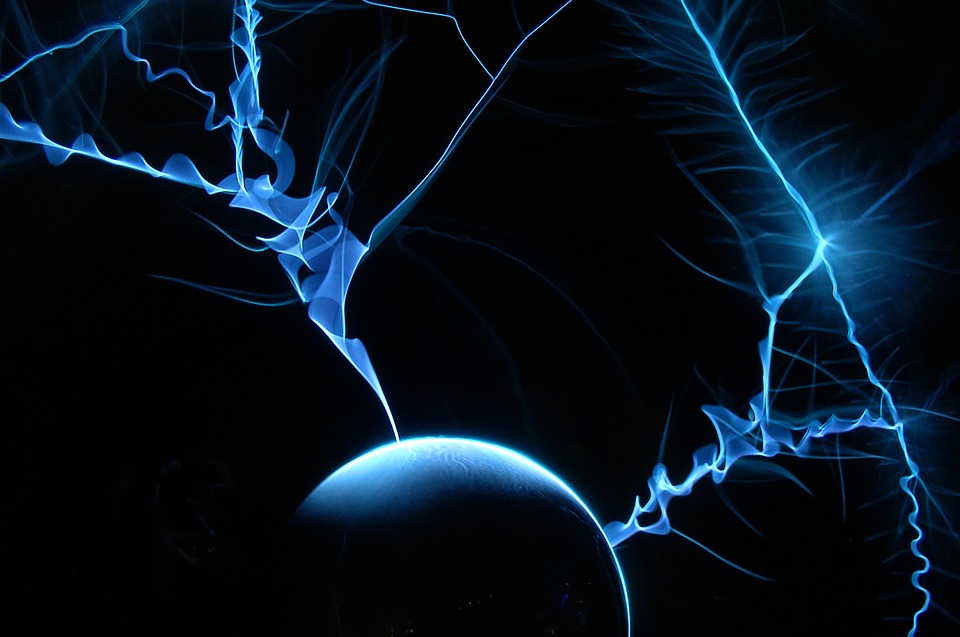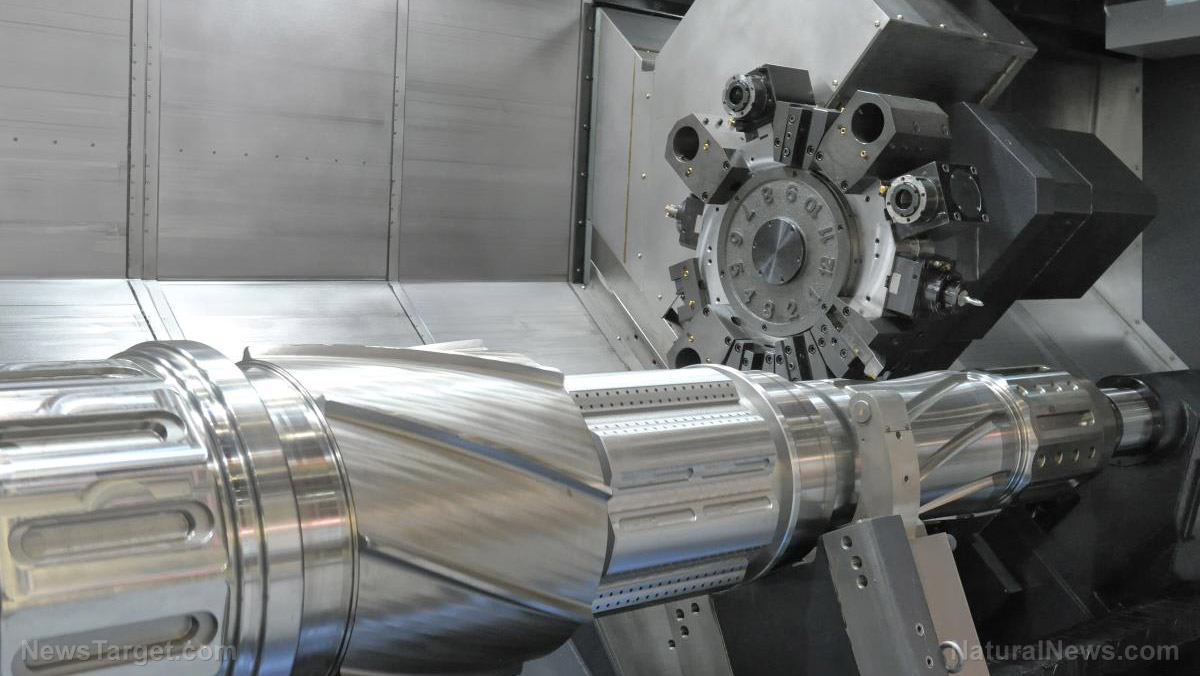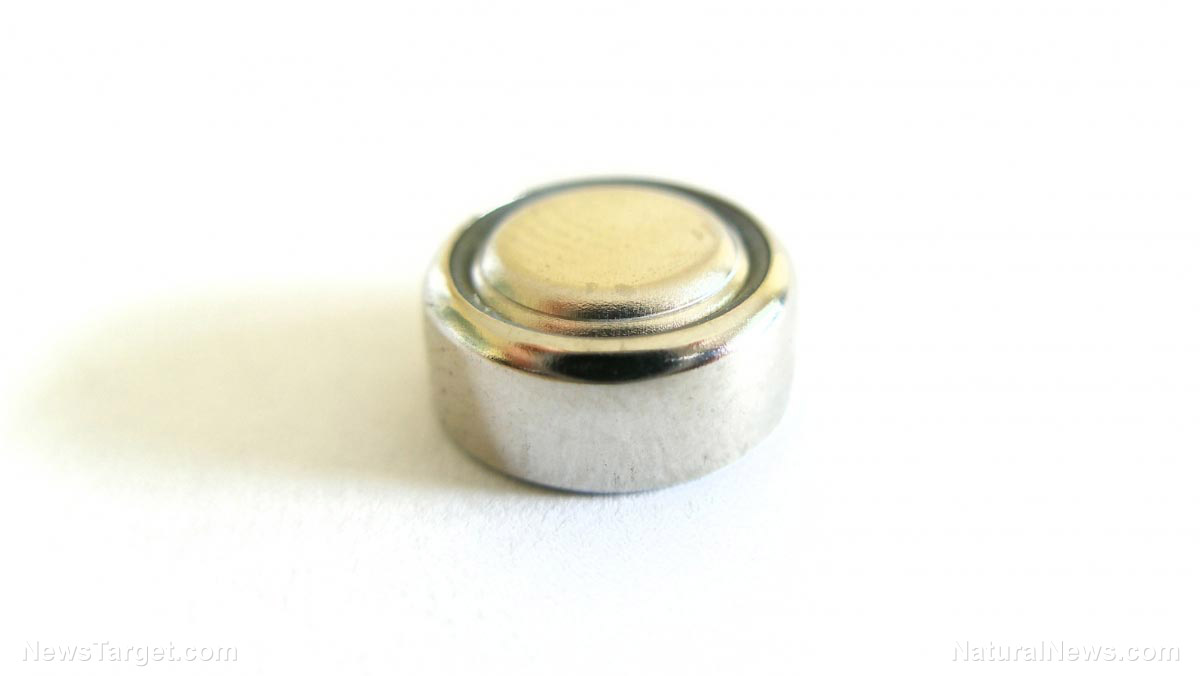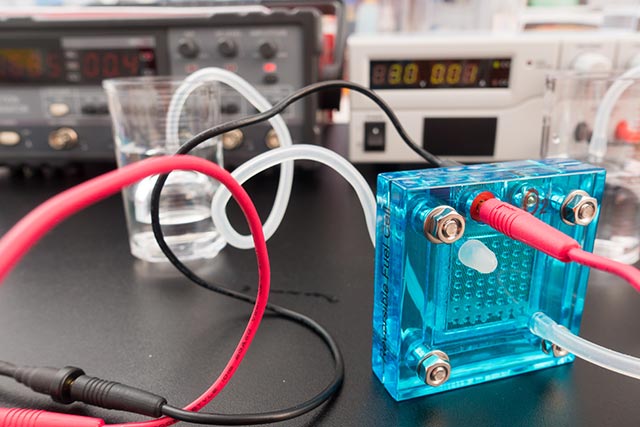Researchers develop unique 3D-printed cube that harvests ambient energy from cell phones and modems
04/26/2019 / By Edsel Cook

Saudi researchers recently presented a cube-shaped device that could gather ambient energy from active electronic devices. The new energy harvester could be manufactured using a 3D printer, making it cheap and easy to produce in large numbers.
The cube offered a way to provide power to the increasing number of smart devices that were often linked together to form an Internet of Things (IoT). It could charge more than one device without requiring a power cord or other physical connection.
It took advantage of the “system-on-package” technique that was widely used to miniaturize electronics and gadgets for an IoT network. System-on-package devices fitted their interaction antennas and other important parts inside their protective packaging.
By using the “skin” of the device to hold parts, the manufacturer could decrease the size and production cost of a gadget without affecting its performance.
A research team from King Abdullah University of Science and Technology (KAUST) realized the potential of IoT devices to operate with greater independence if they employed system-on-package concepts. Led by energy harvesting expert Atif Shamim, the researchers took a look at techniques to create very small antennas that could still pick up the radiofrequency signals given off by mobile and wireless devices. (Related: Researchers develop high-energy magnesium batteries that can store more energy.)
An energy harvester that can access more than one band of energy
Shamim’s group came up with a way to use semiconductor diodes to convert the radiofrequency energy into electrical power. They were assisted by another KAUST research team, this one headed by Khaled Salama.
The typical radiofrequency energy harvester was limited to accessing a small band of the wireless spectrum. A 3G-optimized antenna, for example, could pick up 3G radiofrequencies and nothing else.
However, Shamim, Salama, and their colleagues wanted to develop an energy harvester that could access more than one wireless band. A multi-band capacity would allow the device to get additional energy from several sources of radiofrequency signals.
“Asking one antenna to do the job of several others simultaneously is tricky,” said KAUST researcher Azamat Bakytbekov, who served as the primary author of the paper. “You have to make sure the performance doesn’t drop at any one frequency point.”
Ambient energy from a cell phone can now provide power to other electronics
The KAUST researchers succeeded in creating an energy harvester that can extract power from a nearby cell phone. In addition to adopting a cube shape for the device, they applied fractal design principles to the antennas, which were printed out of silver.
A fractal antenna has more than one resonance, so it could access a much larger band of the radio spectrum. The silver fractal antennas were 3D printed onto the surface of the square-shaped plastic substrate. Five of these squares were then glued together to form a hollow cube that measured five centimeters on each side.
Its symmetric shape allowed the cube to gather ambient energy from all directions. Scanning showed that the antennas could access many frequencies for the purpose of harvesting them for energy.
The 3D printed cube underwent testing in real world conditions. It succeeded in collecting enough radio energy to provide electrical power for small wireless sensor units. But perhaps the most telling proof of the energy harvester’s potential was that it could collect energy from the mobile phones of people who walked past it.
“We saw the power gathered by the cube suddenly shoot up when a person nearby made a call,” explained Nguyen in an official statement. “With the increase in mobile communication, this concept enables more and more radiofrequency energy to be harvested.”
Sources include:
Tagged Under: 3D printing, breakthrough, cell phones, discoveries, electricity, electronic devices, electronics, energy, future science, future tech, gadgets, Internet of Things (IoT), inventions, mobile phones, physics, power, radio waves, radiofrequency, science and technology, smart device, Smartphones, wireless energy



















